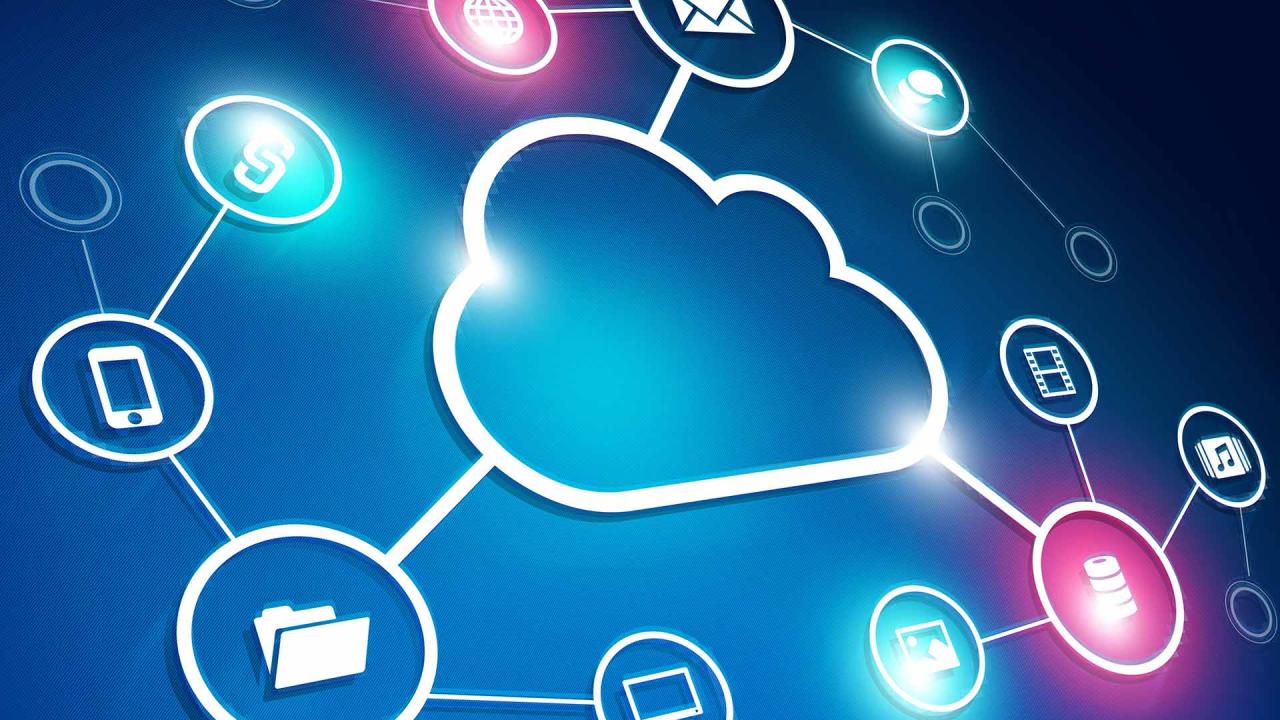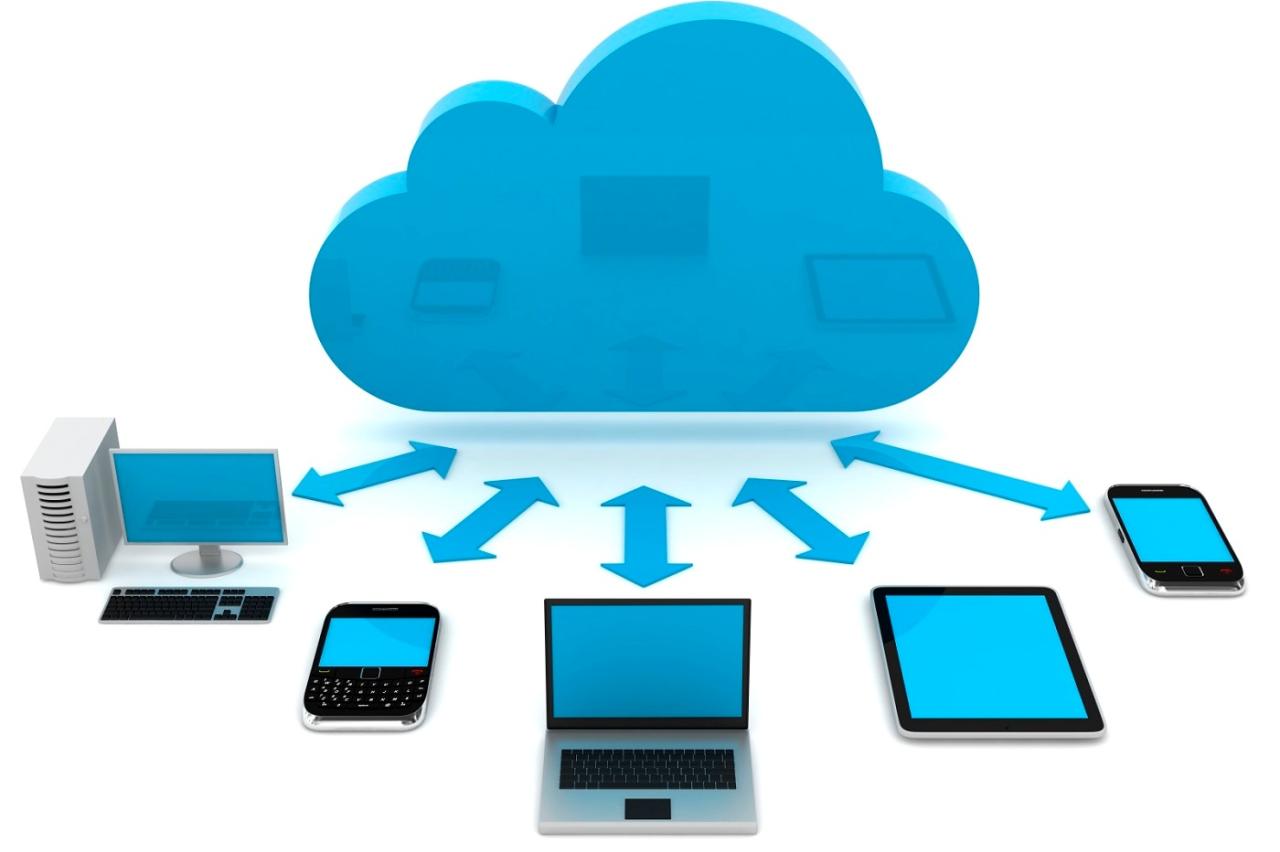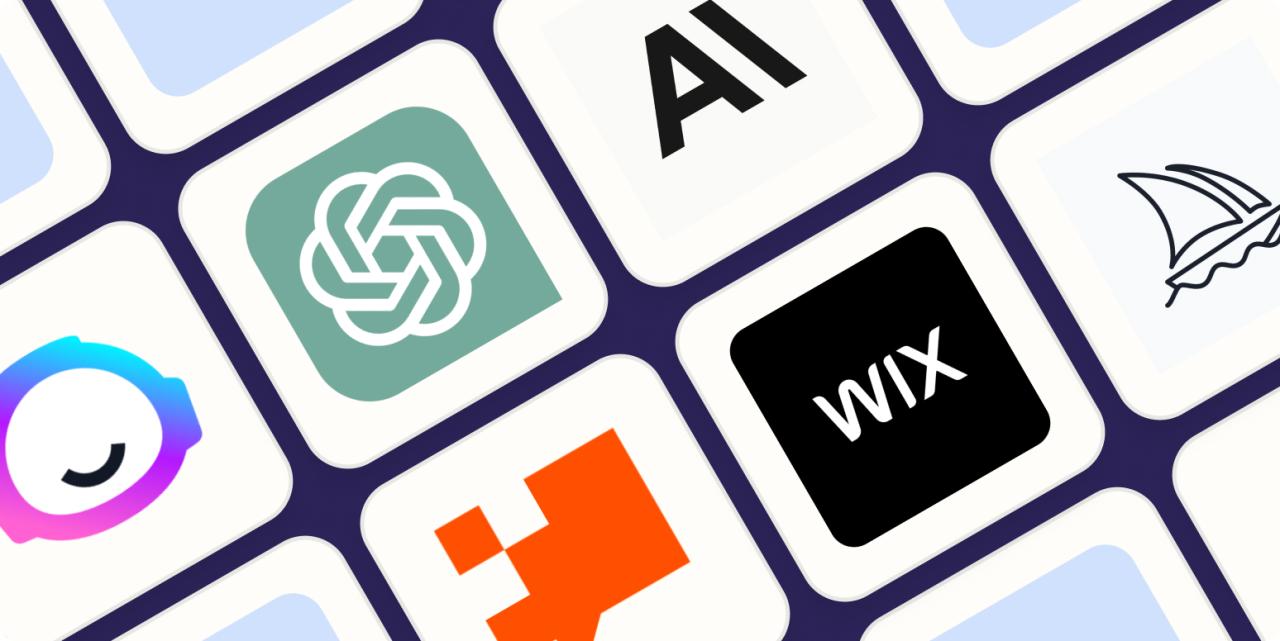Cloud Software Essentials: Powering Your Progress

In the dynamic landscape of modern work and life, the way we access, utilize, and interact with software has undergone a monumental transformation. Gone are the days when applications were strictly confined to a single computer, installed from physical disks, and updated manually. Today, the revolution is undeniably driven by cloud-based software, an omnipresent force that has redefined efficiency, collaboration, and accessibility. These aren’t merely convenient alternatives; they are now essential tools that empower individuals and organizations to operate with unprecedented agility, scalability, and global reach. The widespread adoption of cloud software signifies a fundamental shift in computing, delivering powerful capabilities right to your web browser or connected device, anywhere, anytime.
This comprehensive article delves deep into the burgeoning world of cloud-based software, exploring its foundational principles, dissecting the core categories that drive its utility, and illuminating its transformative impact across diverse personal and professional domains. We will uncover how robust internet connectivity, scalable infrastructure, and advanced security protocols are converging to create a seamless, powerful, and ever-evolving software ecosystem. Our aim is to provide a detailed roadmap for understanding this exciting frontier, highlighting the undeniable benefits, the critical considerations, and the immense potential of leveraging these indispensable digital instruments to fuel your progress and future-proof your operations.
What is Cloud Software?

The concept of “the cloud” might still sound abstract to some, but its practical manifestation in software is profoundly concrete. Cloud-based software, often referred to as Software as a Service (SaaS), means that applications are hosted on remote servers managed by a third-party provider and delivered to users over the internet. Instead of installing and maintaining software on your local device, you simply access it via a web browser or a lightweight client application.
The journey to the dominance of cloud software began with the increasing ubiquity of broadband internet and the maturation of data center technologies. Early examples included webmail services, which demonstrated the power of accessing personal applications from any device. The true acceleration, however, came with the realization that businesses could offload the burden of IT infrastructure, maintenance, and updates to specialized cloud providers, allowing them to focus on their core competencies.
This shift brought forth a cascade of benefits: reduced costs, enhanced accessibility, simplified collaboration, and continuous innovation. It transformed software from a static product into a dynamic, always-up-to-date service, perfectly aligning with the fast-paced demands of the 21st century.
Key Categories of Essential Software
The diversity of cloud-based software reflects the myriad needs of modern users and organizations. Here are the leading categories that have become indispensable:
A. Productivity and Collaboration Suites
These are the digital backbone for daily work, communication, and teamwork, enabling seamless operations from anywhere.
- Office Productivity:
- Google Workspace (formerly G Suite): Includes cloud-native applications like Docs, Sheets, Slides, Gmail, Calendar, and Drive. It excels in real-time collaboration, allowing multiple users to edit documents simultaneously, see changes instantly, and share feedback seamlessly. It’s renowned for its ease of use and web-first approach.
- Microsoft 365 (formerly Office 365): Offers cloud-based versions of Word, Excel, PowerPoint, Outlook, Teams, and OneDrive. It provides a familiar interface for millions of users while adding robust cloud collaboration, AI features (e.g., in Excel for data insights), and extensive enterprise-grade security.
- Project Management & Task Tracking:
- Asana, Trello, Monday.com: Cloud-based platforms that provide visual boards, task lists, Gantt charts, and integrated communication tools to help teams plan, track, and manage projects effectively. They enable clear accountability and progress monitoring.
- Jira (for software development teams): A powerful cloud-based tool for agile project management, bug tracking, and issue tracking, widely adopted by software development and IT teams.
- Communication & Video Conferencing:
- Slack, Microsoft Teams: Cloud-based messaging and collaboration hubs that integrate chat, video calls, file sharing, and various third-party apps, essential for internal team communication and reducing email clutter.
- Zoom, Google Meet: Dominant cloud-based video conferencing platforms enabling virtual meetings, webinars, and online events with features like screen sharing, recording, and virtual backgrounds, crucial for remote and hybrid work.
B. Customer Relationship Management (CRM)
CRMs are central to managing customer interactions and sales processes, enhancing customer satisfaction and revenue.
- Salesforce: The undisputed leader in cloud-based CRM, offering comprehensive solutions for sales automation, customer service, marketing, analytics, and app development. It provides a 360-degree view of the customer journey.
- HubSpot: Known for its all-in-one inbound marketing, sales, and service software, offering CRM functionalities integrated with lead generation, content management, and customer support tools.
- Zoho CRM: A comprehensive suite of cloud-based business applications, including a robust CRM that caters to businesses of all sizes, offering sales automation, marketing campaigns, and customer support.
C. Enterprise Resource Planning (ERP)
Cloud ERP systems integrate core business processes (finance, HR, procurement, supply chain) into a single, unified platform.
- SAP S/4HANA Cloud: SAP’s intelligent, cloud-based ERP solution leverages in-memory computing and AI to provide real-time insights, streamline core business processes, and support digital transformation.
- Oracle NetSuite: A leading cloud ERP system offering integrated financials, CRM, e-commerce, and professional services automation, particularly popular among growing mid-sized businesses.
- Microsoft Dynamics 365: A suite of modular, cloud-based ERP and CRM applications that can be customized to fit various business needs, integrating seamlessly with other Microsoft products.
D. Cloud Storage and Backup
These services provide secure, scalable, and accessible solutions for storing and backing up digital files.
- Google Drive, Microsoft OneDrive, Dropbox: Widely used for personal and business file storage, synchronization across devices, and easy sharing and collaboration on documents. They offer robust version control and security features.
- Box, Egnyte (for enterprise): Cloud storage and collaboration platforms designed with enterprise-grade security, compliance, and content management features, ideal for businesses with strict data governance needs.
- Backblaze, Carbonite: Cloud-based automated backup solutions for entire computers or specific folders, providing continuous data protection and recovery options against data loss or ransomware attacks.
E. Financial and Accounting Software
Streamlining financial operations, from basic bookkeeping to complex enterprise accounting.
- QuickBooks Online: A dominant cloud-based accounting software for small businesses, offering invoicing, expense tracking, payroll, and financial reporting.
- Xero: Popular for its user-friendly interface and robust features for small to medium-sized businesses, including invoicing, bank reconciliation, and inventory management.
- Sage Cloud Accounting: Provides cloud accounting solutions for businesses of all sizes, offering features like invoicing, cash flow management, and tax compliance.
F. Marketing and Sales Enablement Tools
Empowering businesses to reach customers, manage campaigns, and close deals more effectively.
- Mailchimp: A leading cloud-based email marketing platform for creating, sending, and analyzing email campaigns, with automation features and audience segmentation.
- Salesforce Marketing Cloud: A comprehensive suite for digital marketing, including email, social media, mobile, and customer journey management.
- ZoomInfo, Apollo.io: Cloud-based platforms providing sales intelligence, lead generation, and outreach automation, helping sales teams find and engage with prospects efficiently.
Core Technologies Enabling SaaS

The seamless experience of cloud-based software is underpinned by several critical technological advancements.
A. Scalable Infrastructure (IaaS & PaaS)
Cloud software relies on massive, distributed data centers that provide Infrastructure as a Service (IaaS) and Platform as a Service (PaaS).
- On-Demand Resources: Cloud providers (AWS, Google Cloud, Azure) offer virtualized computing, storage, and networking resources that can be scaled up or down instantly based on demand, ensuring applications perform consistently regardless of user load.
- Cost-Effectiveness: Businesses pay only for the resources they consume, eliminating the need for large upfront capital expenditures on hardware.
- Global Reach: Data centers located worldwide enable businesses to host applications closer to their users, reducing latency and improving performance.
B. Robust Connectivity
High-speed, reliable internet connections are the lifeline of cloud-based software.
- Broadband and Fiber: Widespread availability of fast internet connections makes accessing and interacting with cloud applications seamless.
- 5G and Wi-Fi 6/6E: Latest wireless technologies provide lower latency and higher bandwidth, further enhancing the mobile experience of cloud apps and enabling more complex, real-time interactions.
C. Advanced Security Measures
Cloud providers invest heavily in security, often surpassing the capabilities of individual organizations.
- Physical Security: Data centers have stringent physical access controls.
- Network Security: Advanced firewalls, intrusion detection/prevention systems, and DDoS (Distributed Denial of Service) protection.
- Data Encryption: Data is encrypted at rest (when stored) and in transit (when being sent over the network).
- Compliance Certifications: Cloud providers adhere to numerous international and industry-specific compliance standards (e.g., ISO 27001, SOC 2, HIPAA, GDPR).
D. Containerization and Microservices
These architectural approaches enhance the development and deployment of cloud-native applications.
- Containers (e.g., Docker): Package applications and their dependencies into isolated units, ensuring they run consistently across different environments, simplifying deployment and scaling.
- Microservices: Breaking down large applications into smaller, independent services that can be developed, deployed, and scaled independently. This improves agility, resilience, and maintainability.
E. Artificial Intelligence (AI) and Machine Learning (ML)
AI is increasingly integrated into cloud software to enhance functionality and personalize user experiences.
- Intelligent Features: AI powers features like smart search, predictive text, automated data analysis, personalized recommendations, and sophisticated spam filtering within various cloud apps.
- Automated Operations: AI and ML are used by cloud providers to manage and optimize their vast infrastructures, predict hardware failures, and enhance security operations.
The Transformative Impact of Cloud Software
The widespread adoption of cloud-based software has fundamentally reshaped how businesses operate and how individuals manage their digital lives.
A. Unprecedented Accessibility and Flexibility
- Work from Anywhere: Employees can access their work applications and data from any location, on any device (laptop, tablet, smartphone) with an internet connection, enabling remote work, hybrid models, and global collaboration.
- Always On: Cloud software typically boasts high uptime, ensuring continuous access to critical tools and data.
B. Significant Cost Savings
- Reduced Infrastructure Costs: Eliminates the need for businesses to purchase, maintain, and upgrade expensive on-premise servers and software licenses.
- Lower IT Overhead: Reduces the burden on internal IT teams, freeing them to focus on strategic initiatives rather than routine maintenance.
- Pay-as-You-Go Models: Businesses only pay for the resources and features they consume, making it cost-effective for startups and scalable for growing enterprises.
C. Enhanced Collaboration and Productivity
- Real-time Co-creation: Multiple users can work on the same documents, projects, or designs simultaneously, fostering seamless teamwork and speeding up workflows.
- Centralized Information: Cloud platforms act as a single source of truth for documents and data, reducing version control issues and improving information consistency.
- Streamlined Communication: Integrated chat, video conferencing, and commenting features facilitate instant communication and feedback within projects.
D. Automatic Updates and Continuous Innovation
- Always Up-to-Date: Cloud software providers automatically manage updates, patches, and new feature rollouts, ensuring users always have access to the latest, most secure version without manual intervention.
- Rapid Feature Deployment: Developers can quickly push new features and improvements to users without requiring new installations.
E. Scalability and Agility
- Instant Scaling: Businesses can rapidly scale their software usage up or down to meet fluctuating demands (e.g., seasonal peaks, new project launches) without worrying about hardware limitations.
- Faster Time-to-Market: The agility of cloud environments allows for quicker development, testing, and deployment of new applications and services.
F. Robust Security and Disaster Recovery
- Expert Security: Cloud providers employ dedicated security teams and advanced measures (often superior to what most individual companies can afford) to protect data and infrastructure.
- Built-in Redundancy: Data is typically replicated across multiple servers and locations, providing robust disaster recovery capabilities and minimizing data loss risk.
Challenges and Considerations
While the advantages of cloud-based software are compelling, adopting it comes with certain considerations and potential challenges.
A. Internet Dependency
- Offline Access: Most cloud-based software requires an internet connection. Limited or no offline access can be a major drawback in areas with poor connectivity or during internet outages.
- Latency: Performance can be affected by internet speed and distance to the server, though this is often negligible with modern broadband.
B. Data Security and Privacy Concerns
- Trusting Third Parties: Businesses must trust their cloud provider with their sensitive data. Thorough due diligence on security practices, compliance certifications, and data residency is crucial.
- Data Sovereignty: Understanding where data is physically stored and how it complies with local regulations (e.g., GDPR, CCPA, local data laws in Indonesia) is vital.
- Shared Responsibility Model: While providers secure the cloud infrastructure, users are responsible for securing their data in the cloud (e.g., proper configurations, access management).
C. Vendor Lock-in
- Switching providers can be complex and costly if data formats or integration points are proprietary, leading to potential vendor lock-in.
- Ensure data portability and clear exit strategies.
D. Cost Management
- While eliminating CAPEX, cloud costs can become unpredictable (OPEX) if not properly managed, especially with pay-as-you-go models where usage can fluctuate.
- Hidden costs for bandwidth, data transfers, or advanced features can accumulate.
E. Customization Limitations
- SaaS applications, by nature, are designed for broad appeal. While many offer configuration options, deep customization might be limited compared to on-premise software.
- Integration with highly specialized legacy systems can still be a challenge.
F. Compliance and Regulatory Issues
- For highly regulated industries, ensuring the cloud provider meets specific compliance requirements (e.g., financial, healthcare, government) is a complex but critical task.
- Understanding audit trails and data access logs is essential for regulatory adherence.
Conclusion
The ascent of cloud-based software essentials has irrevocably transformed the digital landscape, making powerful tools accessible, scalable, and collaborative like never before. From streamlining daily productivity and managing complex business operations to securing critical data and fostering global teamwork, these applications are the bedrock of modern progress. They have democratized technology, enabled unprecedented agility, and provided a flexible foundation for businesses and individuals to thrive.
While considerations around internet dependency, data security, and vendor relationships require careful navigation, the continuous innovation driven by AI, robust infrastructure, and evolving connectivity ensures that cloud software will only become more intelligent, seamless, and indispensable. Embracing these essential digital instruments, understanding their capabilities, and strategically integrating them into your workflows is not just an option; it is the pathway to unlocking new efficiencies, fostering boundless collaboration, and confidently sailing into a future powered by the pervasive, transformative force of the cloud.






